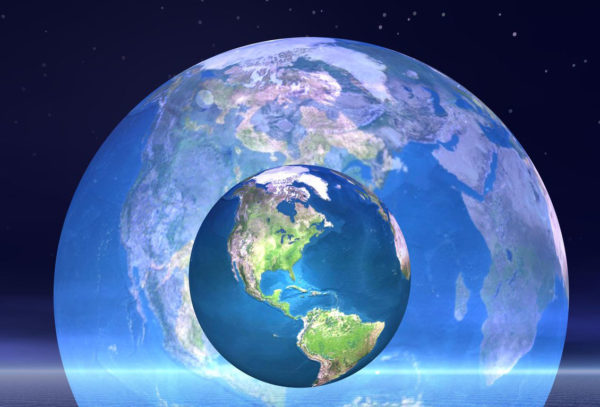
For nearly four years, NASA’s Kepler spacecraft whisked through space, surveying our corner of the galaxy. It monitored more than 150,000 stars, looking for planets about the size of Earth that belonged to other solar systems. The mission didn’t disappoint; Kepler found countless examples of a type of planet known as a super-Earth.
These faraway planets might remind you of home — they’re rocky, smaller than gas giants, located near their star and sport a relatively thin atmosphere. But they’re way larger than the blue marble: These super-Earths are a honking two to 10 times bigger in mass than our Earth.
Because there are so many super-Earths out there, it begs the question: What would happen to our planet if it were two or even 10 times the size it is now?
It’s possible that Earth and the other inner planets of our solar system were headed in that direction, Mickey Rosenthal, a doctoral candidate studying planet formation at the University of California, Santa Cruz, told Live Science. One theory is that the gargantuan planet Jupiter became so large that it cut off access to cosmic building blocks needed to make the inner planets bigger — effectively starving them, Rosenthal said.
No matter the reason for Earth’s current size, there’s no way to truly know what would happen to Earth if it were super. But scientists have some ideas based on what they’ve learned about our faraway cousins.


